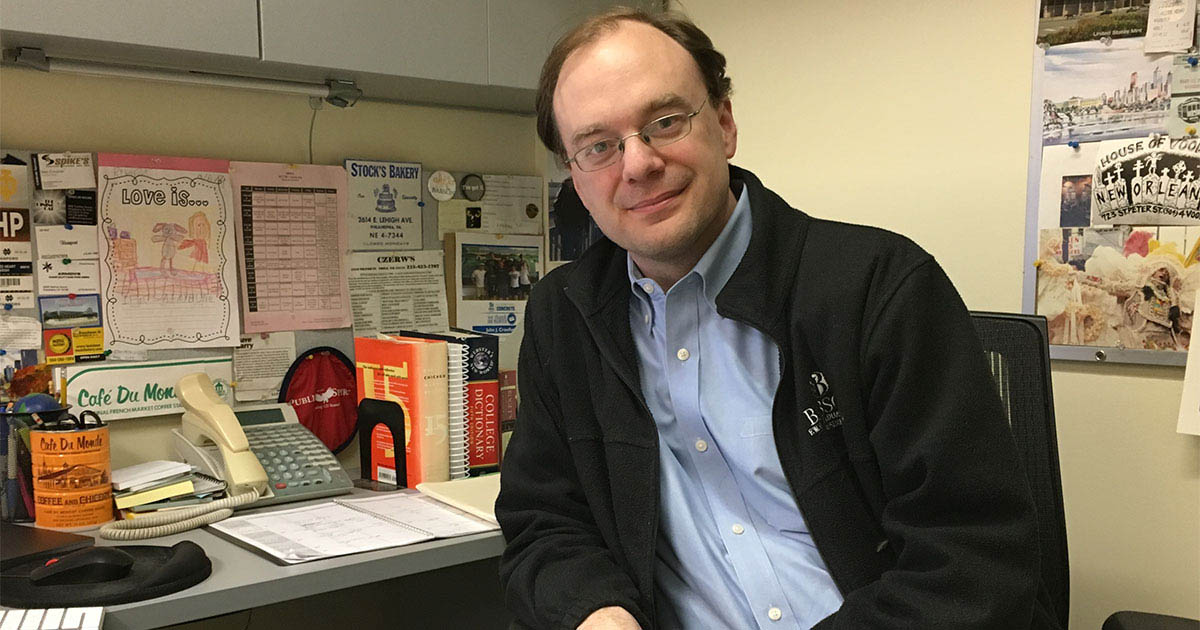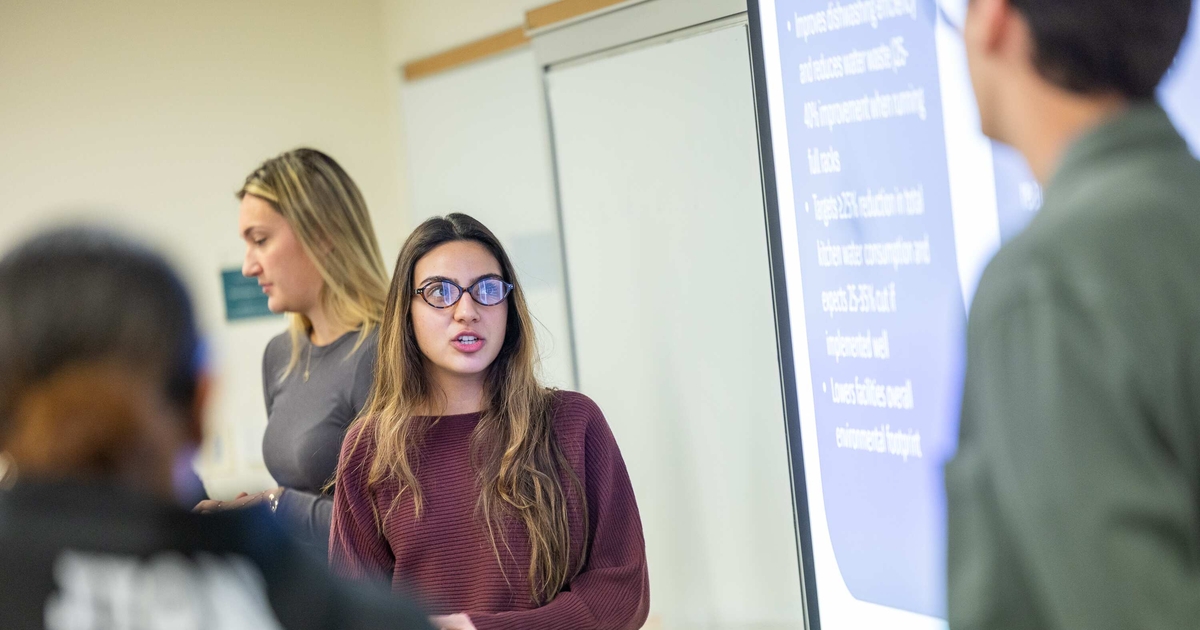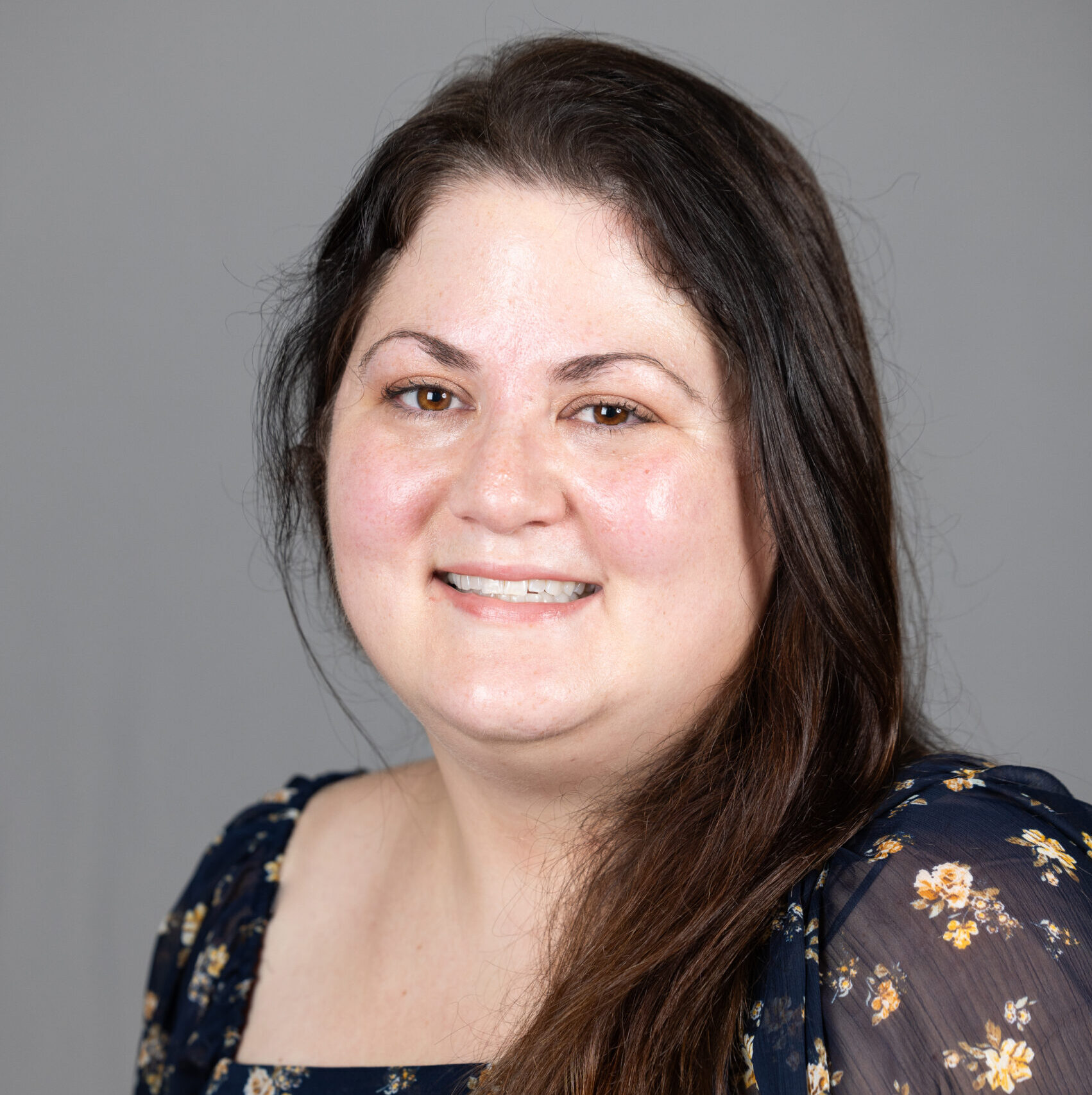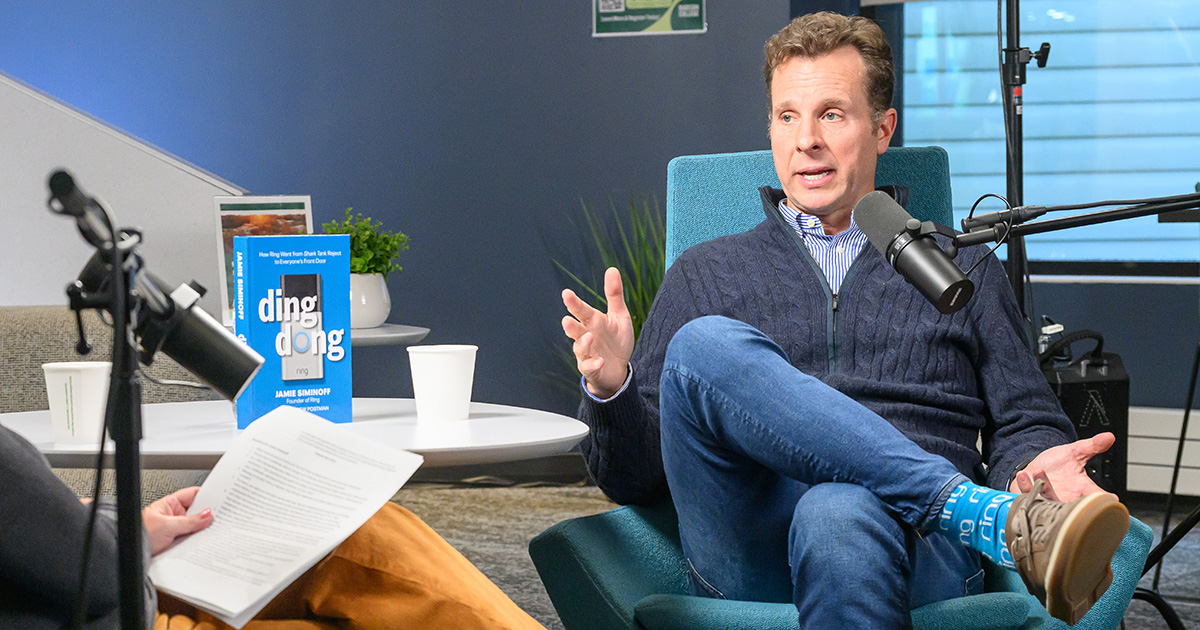Bringing Entrepreneurship Beyond the Business School
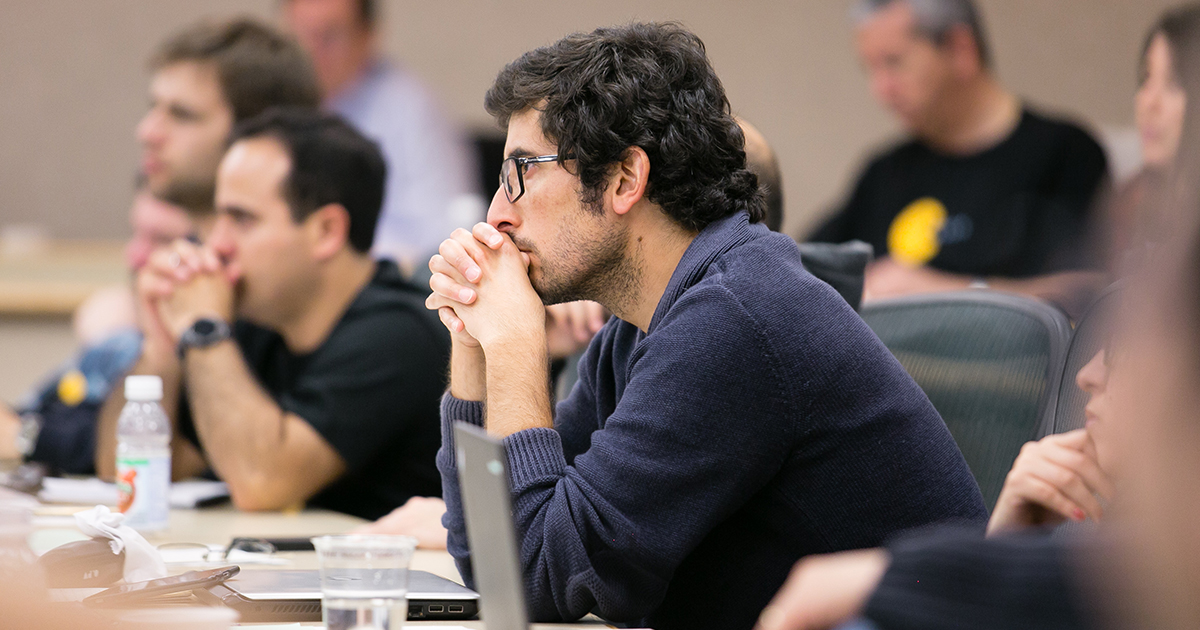
The University of Guadalajara in Mexico is no stranger to innovation.
A reform in 1995 took the university—Mexico’s second largest—from a centralized institution to a network of 15 campuses throughout the state. This restructuring was a bold idea, and has led to better academic processes and attention for students and faculty, and improved governance structures.
Even with these improvements, Vice Provost for International Affairs Carlos Iván Moreno believes the institution still faces many challenges. How can the university weave the importance of entrepreneurship, innovation, and globalization through all disciplines? And, at the same time, how can the institution better collaborate with other globally renowned colleges and universities? In short: how could they bring entrepreneurship beyond the business school?
“We had a problem,” says Moreno, “in the sense that we tended to believe that entrepreneurship was only for the school of business, but not for engineers, sociologists, architects, etc.” The vast majority of Mexican universities still believe that entrepreneurship is only for developing for-profit businesses. To address the problem, University of Guadalajara President Tonatiuh Bravo Padilla set a goal to inspire professors across the university network to adopt an entrepreneurial mindset and develop a curriculum that brings entrepreneurship into every classroom, not just those at the business school.
To get started, the University of Guadalajara organized seminars in Boston, where its top management team analyzed firsthand how colleges in the Boston area are contributing to an entrepreneurship ecosystem. During their visit to Babson College, the No. 1 school for entrepreneurship and the leader in entrepreneurship education, the University of Guadalajara team began exploring a collaboration with Babson. Shortly thereafter, two Babson College entrepreneurship professors led a Symposia for Entrepreneurship Educators (SEE) program in Guadalajara. “We had 60 professors, managers, and executives participate, and it was a complete success,” says Moreno.
According to Moreno, one of the highlights was that it was so obvious that the Babson professors enjoy what they are doing and that they’re learning from the experience, too. “Professor Heidi Neck is a rock star, and all of our students and professors loved her,” he says. Neck, the Jeffry A. Timmons Professor of Entrepreneurship and Faculty Director for Entrepreneurship Education at Babson College, has taught several of the groups from Guadalajara, and agrees. “Entrepreneurship education is a learning journey for me. I want to share what I know and continually learn from others. I want to be pushed to be the most entrepreneurial and impactful educator I can be.”
The partnership has grown since that first SEE program for faculty in 2016, with more than 100 undergraduate students participating in Babson Build on the Babson campus, ongoing training in Mexico, and involvement in the Babson Collaborative ®, a membership organization for educational institutions seeking to grow and develop entrepreneurship education. As a result, an entrepreneurship network has grown among the University of Guadalajara faculty, which Moreno sees as a positive impact.
Posted in Entrepreneurial Leadership

